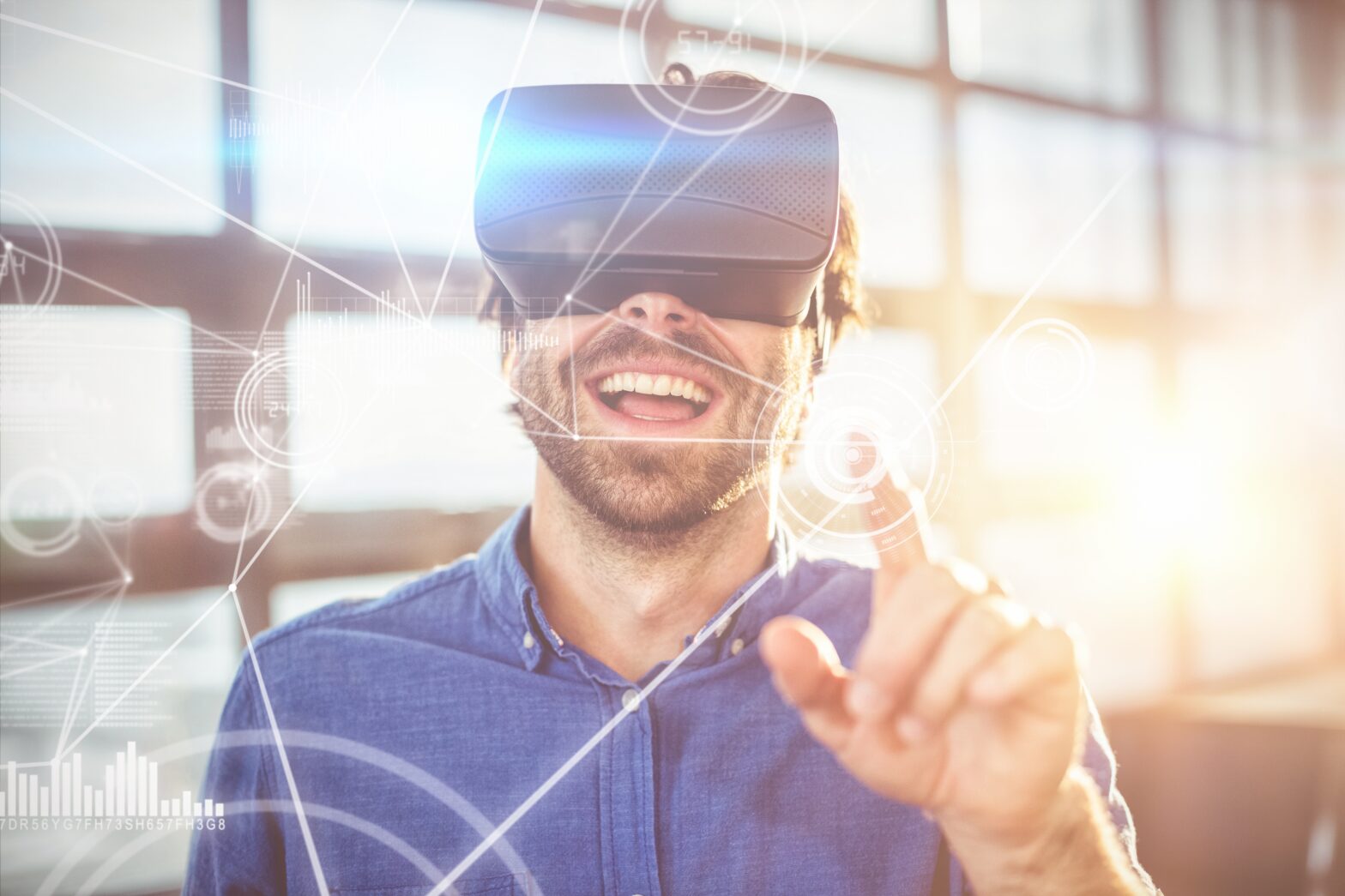Virtual Reality (VR) and Augmented Reality (AR), in particular, are already making an impact on how people work in terms of collaboration, efficiency and generating new, creative approaches for achieving business objectives.
While businesses are already seeing the initial benefits that VR and AR are bringing to enterprise, there are a wide range of potential opportunities that these technologies will present to employees and businesses alike in the future.
Enterprise benefits already being gained from VR
One of the most important way businesses should be viewing VR at this moment in time, is as an essential tool for collaboration.
Tools that have long been seen as standard fare in the office such as conference lines and newer additions such as iMeet, that allow you to share your computer screen and see colleagues via video, are in themselves early examples of virtual reality.
>See also: The first step in bringing virtual reality to the workplace
Virtual reality is already enabling teams to come together as though they were in one meeting room, meaning that collaboration and efficiency, and thereby a business’ bottom line, is never jeopardised.
The essence of VR and the driving force behind its impact on enterprise is about bringing people together to collaborate efficiently. Whether it be something as simple as a telephone network for a conference call, or a browser or software app where a team can share documents and annotate changes and the whole team can visually follow everything being discussed.
Enabling teams and organisations to have this level of interaction through collaborative technologies such as VR is already helping businesses to increase efficiency, improve productivity and to provide employees with the work-life balance that they are increasingly asking for.
Headsets and enterprise – the future benefits of AR and VR
While one might automatically associate headsets with VR and being transported to the outer galaxy in a simulator, where headsets will really come into their own for enterprise will be through augmented reality.
For example, a team member may be looking at a presentation including some key statistics and their glasses or contact lenses could display additional supporting information about what is being discussed in the meeting.
>See also: 4 ways the workplace will change in 2017
This extra data, provided by AR, could act as a catalyst for the team to solve the problem that the meeting was called for. Alternatively, if a potential new client was wearing AR technology in a meeting, it could provide additional data that supplements the business case for them to conclude the new business arrangement.
Augmented reality will enable businesses to be more efficient and will provide – in some cases – essential support. In industries such as aircraft servicing or maintaining mechanical equipment, AR headsets will really come into their own.
Imagine a real-life example where a mechanic was out on a job to fix a car on a remote road. As they look at the engine and check the fuel levels, the headset could flash up relevant and potentially lifesaving information such as fuel and temperature levels. The headset could also bring up helpful user guides specific to the particular type of car they are servicing.
This service will not only be extremely beneficial to the mechanic on the roadside, it will also help businesses overall in terms of improving their safety records and efficiency in providing their service.
In terms of the future of VR in the workplace, we might also see industries, such as the property sector, move towards incorporating VR into their platforms as they aim to streamline their offerings with the modern consumer’s lifestyle and requirements.
>See also: How virtual reality is transforming the enterprise
Many renters are time-strapped and don’t have unlimited time to visit lots of different properties whilst hunting for their ideal home. Estate agents, through integrating VR into their online services, could be able to show prospective home-owners and renters numerous properties at a time, through taking them on ‘virtual’ tours of houses.
This would remove a major barrier for both renters and estate agents, enabling more transactions to take place and improving efficiency across the industry.
Businesses have already seen a huge level of digital transformation take place across multiple industries and workplaces. While VR has already embedded itself into the day-to-day processes of the office, as more and more applications of VR are created and AR is adopted more widely into everyday life, businesses will become even more efficient in terms of collaboration and generating new, creative approaches for achieving business objectives.
Sourced by Chris Martin, CTO of Powwownow







